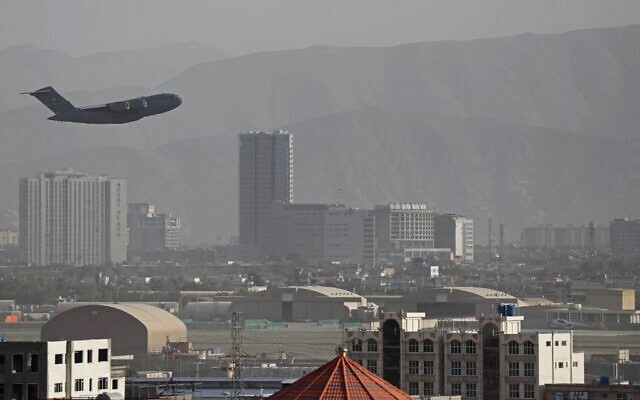Why Are Afghan Families Forced to Leave their Homes & Loved Ones?
Published on October 15th, 2024
Written by Azadmanish

Afghanistan is located in Asia and shares borders with Pakistan, Iran, Tajikistan, Uzbekistan, and Turkmenistan. It is a mountainous country. About 99.7% of the population are Muslim, with two main sects of Islam: Shia and Sunni. The Shia are a minority, and the majority of Shia are Hazara. Afghanistan has four major ethnic groups (Tajik, Pashtun, Hazara, and Uzbek) along with many smaller groups. Since 1747, when Afghanistan was unified by Ahmad Shah Durrani, power has predominantly been in the hands of one ethnic group, the Pashtuns. Throughout Afghanistan’s history, there has been discrimination and violence against minority ethnic groups and religious sects, such as the Hazara/Shia, Sikhs, and other small communities, as well as women. Equal opportunities have not been available to everyone, especially the Hazaras.
For 20 years after 2001, when NATO troops entered Afghanistan, Afghans (men and women) had better access to equal rights, including education, freedom, and other human rights. However, after the Taliban took over for the second time in August 2021, the situation reverted. People such as Hazaras, Tajiks, women, and those who worked with foreign forces and NGOs are now in dangerous situations. Here are the main groups targeted and the reasons why:
1. Women: According to the Taliban’s beliefs, women do not have the right to get an education, travel alone without a male companion, go outside, visit parks, shop, or work. They are expected to stay home, care for their children, and do household chores. Women who worked previously with NGOs, the government, and other offices are considered criminals by the Taliban. Since taking power, the Taliban have tortured, imprisoned, and killed many women activists, lawyers, police officers, and others. Alia Azizi is one such victim who disappeared two months after the Taliban took power. She was a Hazara woman who had worked with the Afghan government as a police officer for 17 years in the women’s prison of Herat province. The Taliban asked her to return to her job, and she accepted, but she disappeared in October 2021 and has not been seen since. This has happened to many women journalists, activists, and others who could not flee Afghanistan. In January 2024, the Taliban arrested more than a hundred young women from streets, markets, and other public places under the pretext of not wearing proper hijab. They were imprisoned, sexually abused, and many committed suicides after being released. Teenage girls are not allowed to go to school after grade 6.
2. People who worked with foreign organizations: People who worked with NGOs, international organizations, and government offices are considered criminals by the Taliban. The Taliban believe that those who helped the previous government are their enemies. They have killed many men and women who were police officers, NGO workers, journalists, artists, and others. Many who worked with the previous government have been kidnapped, arrested, and killed by the Taliban.
3. Non-Pashtuns, especially Hazaras: Since August 2021, the Taliban have targeted people who worked with the Afghan army, international forces, and companies, as well as those who fought against them, like the Panjshiris. Hazaras, in particular, are not safe under Taliban rule. Since 1901, when King Abdur Rahman declared Hazaras/Shia non-Muslims and killed over 400,000 (67%) of them, Hazaras have faced persecution. In August 1998, during the Taliban’s first rule, they killed about 8,000 Hazaras in Mazar-e-Sharif. The Taliban believe that Hazaras/Shia are not Muslims and should be killed. This persecution continued even during the 20 years of the presidential era. In January 2016, 84 young Hazara men and women protesting discrimination in Kabul were killed by a bomb explosion. The Taliban have repeatedly attacked Hazara schools, killing thousands of students. The last major attack was in 2021, when they killed 90 young girls at a school. Hazaras are not safe in Afghanistan or as refugees in Pakistan. In January 2021, 11 Hazara coal miners in Baluchistan were killed by ISIS. Since the Taliban’s return in 2021, the situation for Hazaras has worsened, especially for those who worked with NGOs and international organizations.
It is not easy to leave one’s home and the place where one grew up, filled with sweet memories, unless forced to do so or if one’s life is in danger. Unfortunately, many people in Afghanistan have never felt safe. Afghanistan has always been dangerous for those not part of the ruling group. Women face violence because of their gender, and women from different ethnic or sectarian groups face even more discrimination. Under the Taliban, the oppression has intensified, suffocating women’s freedom and potential.
